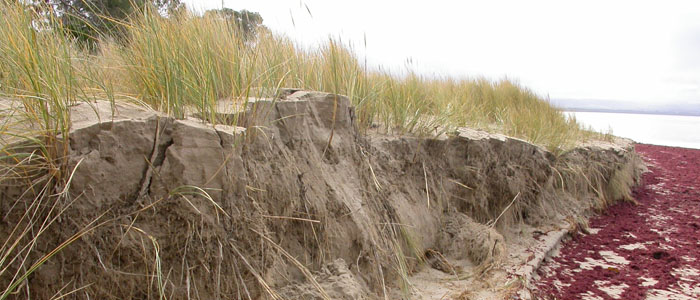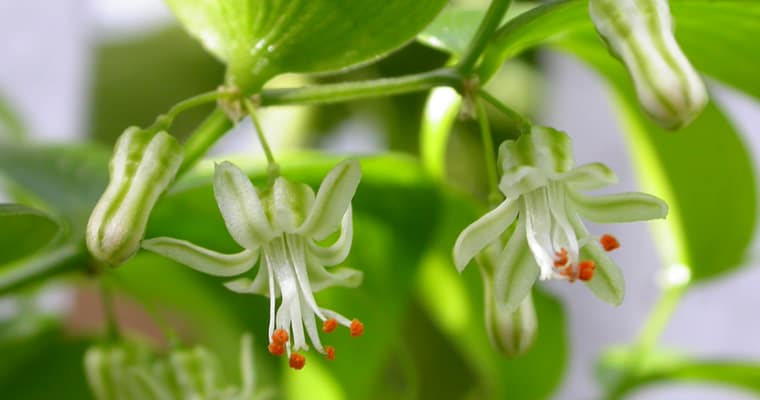
Guest author Dane Panetta considers issues surrounding weed eradication based on his paper just published in the international journal Weed Research.
In contrast to the dramatic successes that have been achieved with eradication efforts targeting animals, the worldwide record for weed eradication attempts is much more modest, with successes usually confined to small incursions, well under 100 hectares in total (including the search area).
An American study published in 2002 concluded that eradication of infestations in excess of 1000 hectares was unlikely, given ‘a realistic amount of resources’. However, this study did not consider the characteristics of the targeted weed or its environment, only the areas that were subjected to search and control practices. One might expect that with a highly visible target, such as emergent prickly acacia trees invading Mitchell grass communities, infested areas larger than 1000 hectares might be tackled successfully.
The review has drawn together results from the past decade’s research on weed eradication, much of which has been undertaken in Australia. It proposes a new classification of weed species according to their technical eradication feasibilities.
This framework is based on three characteristics: how quickly plants reach reproductive status, for how long propagules (usually seeds) of the species persist once shed from the parent plant, and whether pathways of spread are potentially manageable.
For the last characteristic, consider weeds with seeds that are dispersed by wind, water or wild animals (i.e. relatively unmanageable dispersal processes) as opposed to those with seeds that are dispersed by humans or their agents, such as grazing stock (i.e. manageable by washdowns of vehicles, sequestration of potentially contaminated stock after movement, etc).
Different combinations of these characteristics (rapid versus delayed reproduction, short versus long-lived seeds and manageable versus unmanageable dispersal) yield eight categories of eradication feasibility, which can be ranked from lowest to highest. Among the species with relatively high eradication feasibilities are a number of ornamental trees with short-lived seeds that have escaped cultivation (such as camphor laurel and Chinese elm). Among those with relatively low eradication feasibilities are annual crop weeds that produce highly persistent seeds, including parasitic species such as branched broomrape and witchweed.
Eradication feasibility will find expression in the difficulties faced in attempting eradication, which will in turn be related to both eradication cost and the likelihood of success. As research has shown repeatedly, the area that has been invaded by a weed is also an important determinant of eradication success. Unfortunately, some of the major eradication programs that have been mounted in Australia have not been successful, which has engendered a reluctance to commit funding, whether at the federal or state level, to further weed eradication efforts.
These eradication failures may be attributed to a number of causes, including insufficient funding at the time when the program was commenced, or tackling a problem that would have taken many decades to succeed without a guarantee of funding support over such a timeframe.
It is argued in the review that the future of eradication as a weed invasion management strategy will likely rest on more timely and better-informed target selection. The eradication feasibility framework it proposes can be employed to improve estimates of the amount of funding that will be required to achieve eradication success.
Timely detection is essential if weed incursions are to be addressed while they are still eradicable, a point that becomes increasingly critical as eradication feasibility declines.
It is a truism that an eradication effort that is not properly resourced will not succeed. It is also the case that, as in many spheres, one must choose one’s fights wisely!
Dane Panetta is a weed ecologist who has a special interest in the post-border management of weed invasions. He was previously with Biosecurity Queensland and now runs a consultancy, Bioinvasion Decision Support.
Source
- Panetta, F.D. (2015) Weed eradication feasibility: lessons of the 21st century. Weed Research 55, 226-238. http://onlinelibrary.wiley.com/doi/10.1111/wre.12136/abstract




